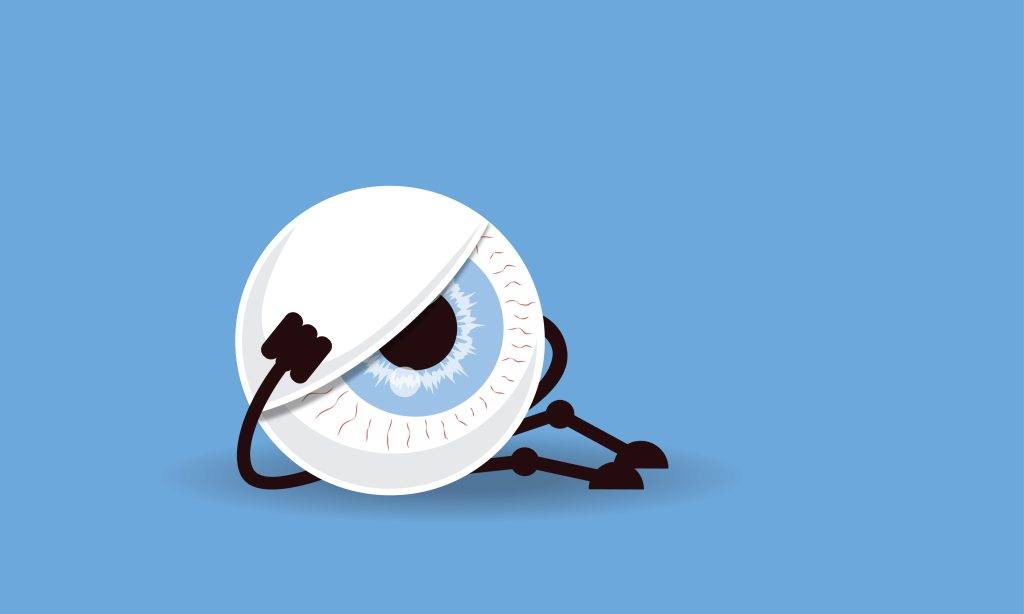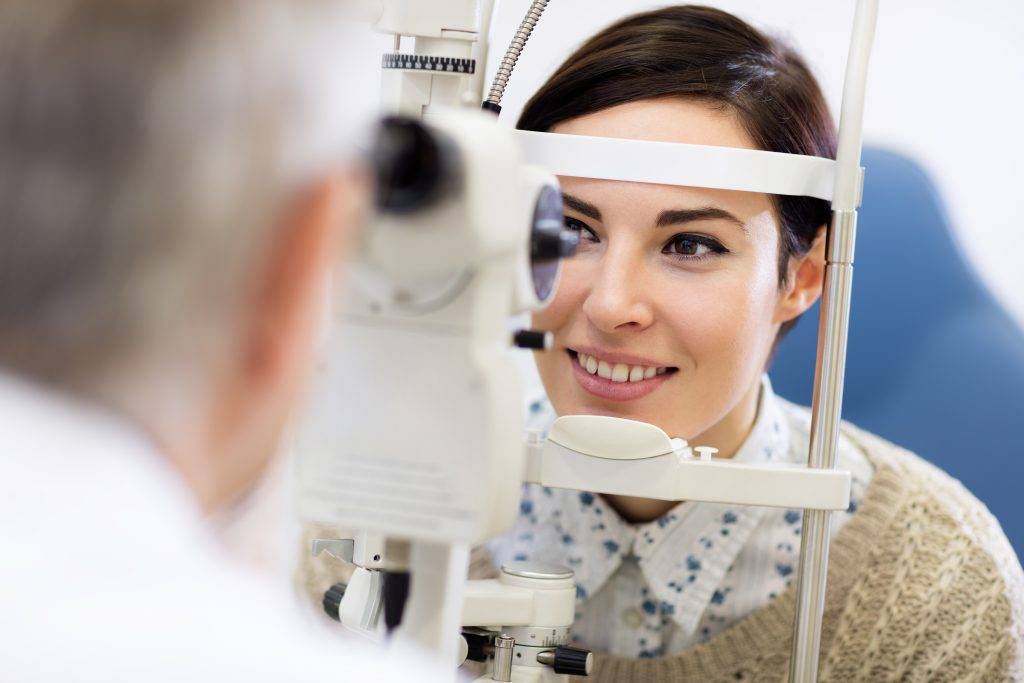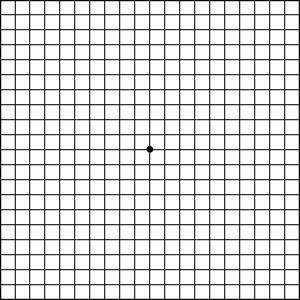- Home
- >
- Clinical Studies
- Last Updated
Clinical Studies

Written by MacuHealth
Reviewed by Jim Stringham, Ph.D.
Do your eyes feel dry and tired at the end of the day? If you spend the workday staring at a computer screen, you’re likely driving home with a headache, rubbing your exhausted eyes for some relief. These are the symptoms of eye strain, and this condition is becoming more common as working from home increases. Around 70% of Americans are spending more time in front of their laptop, according to the Society for Human Resource Management, and your vision may be taking a toll as a result.
“Working from home has given us more hours to look at computer screens,” vision rehabilitation specialist Tanya Polec, OD, told Fortune. “The more stress we put on our visual system, the more likely we are to do permanent damage.”
The good news is you can take some action to save your vision. We’ll look at ways to reduce eye strain so you can feel some relief.
What are the symptoms of eye strain?
If you want to know how to reduce eye strain, then it’s important to know its symptoms. According to the Mayo Clinic, here are the things to look for when trying to diagnose this annoying ocular condition:
- Irritated, weary, or itching eyes
- Watery or dry eyes
- Blurry vision
- Headache or migraine
- Sore neck, shoulders or back
- Increased sensitivity to light
- Inability to focus
- Feeling that you cannot keep your eyes open
How is eye strain caused?
Your eyes can become exhausted and strained when they don’t receive the proper amount of rest. One way to reduce eye strain is to give eyes a break after driving, reading a book or being out in the sun for too long. And if you have any underlying conditions such as dry eye or anxiety and stress, that can exacerbate symptoms.
But the reason for the steady increase in eye strain symptoms has been because of the increased use of computers, tablets, and phones. It’s become so widespread that the American Optometric Association calls this computer vision syndrome or digital eyestrain. If you are someone who looks at a computer screen for two or more hours in a row every day, you’re at the highest risk of developing this condition.
According to the Mayo Clinic, some of the reasons why electronics strain the eyes more than print materials include:
- when staring at a computer, users blink less, which dries out the eyes
- digital screens are placed at unusual distances or angles
- glare or reflection from devices hurt the eyes
- devices can have poor contrast between the text and background
How you can reduce eye strain
While it’s not a major health concern, eye strain can be an annoying condition to contend with. The good news is there are simple actions that you can take to strengthen your vision and reduce eye strain, such as:
- change the amount of light in your room
- take frequent breaks and blink often
- try the 20-20-20 rule: focus on something 20 feet away for 20 seconds every 20 minutes
- adjust your computer monitor, its screen settings, and chair to see easier
- limit your screen time
These health habits, in addition to daily supplementation, can protect your vision from eye strain. Science proves that taking a high-quality eye supplement like MacuHealth improves visual performance and can reduce eye strain symptoms.







